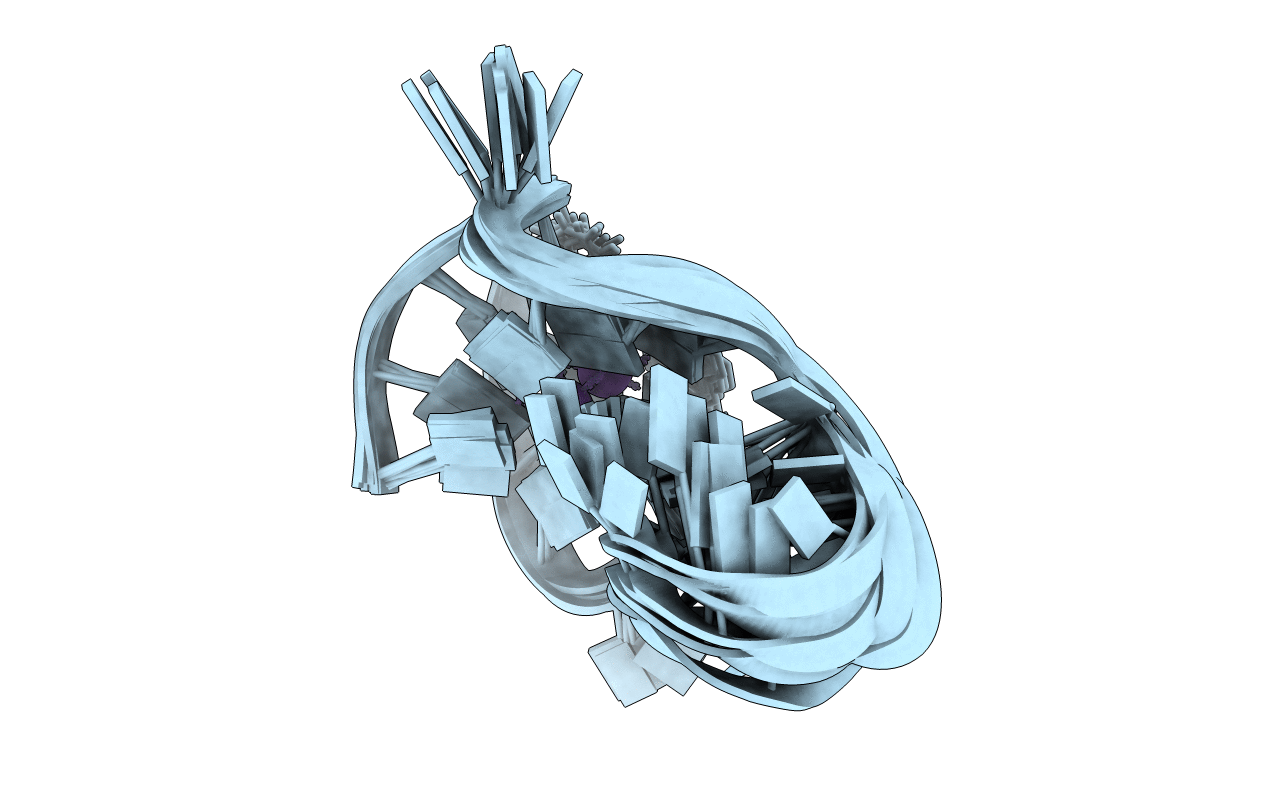
Deposition Date
2021-03-16
Release Date
2021-08-04
Last Version Date
2024-06-19
Entry Detail
PDB ID:
7NWD
Keywords:
Title:
Three-quartet c-kit2 G-quadruplex stabilized by a pyrene conjugate
Biological Source:
Source Organism:
Homo sapiens (Taxon ID: 9606)
Method Details:
Experimental Method:
Conformers Calculated:
1000
Conformers Submitted:
10
Selection Criteria:
structures with the lowest energy


